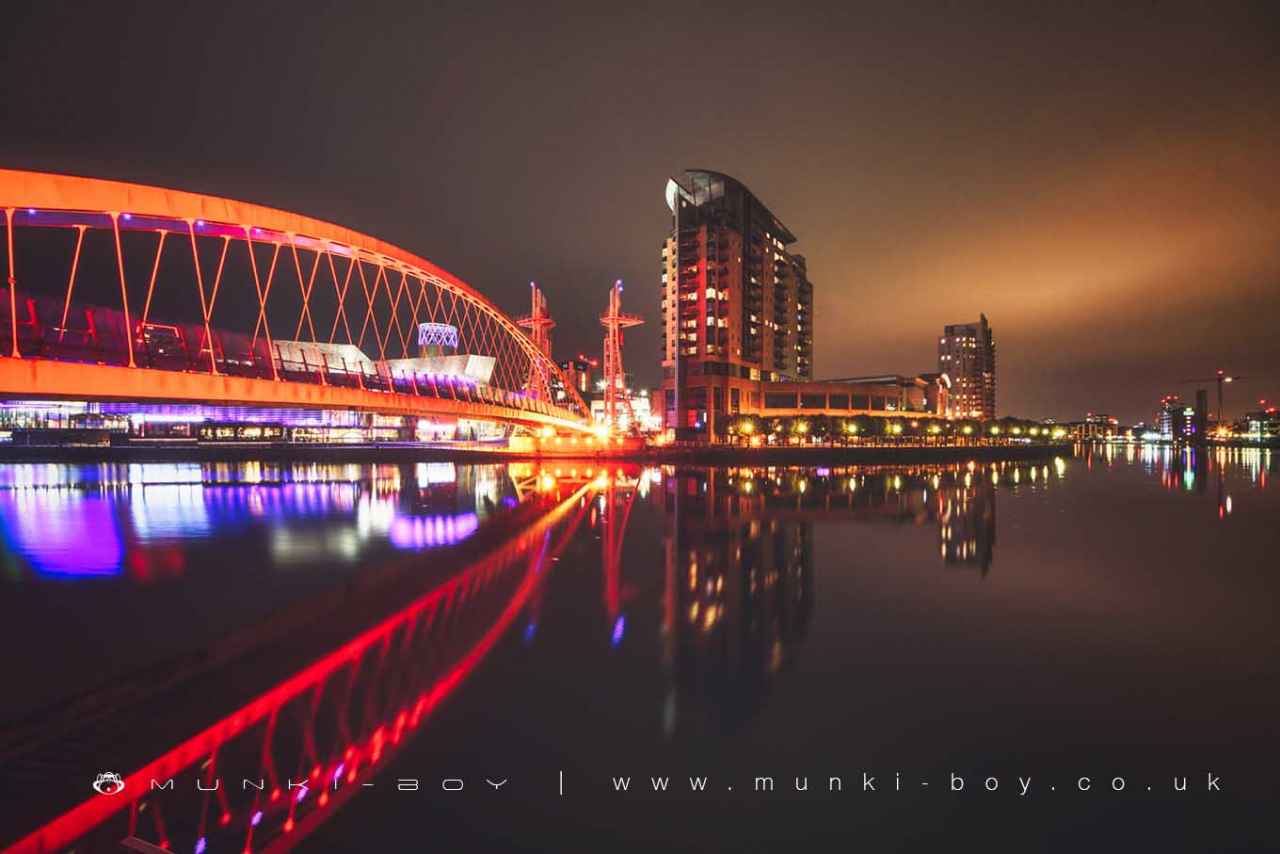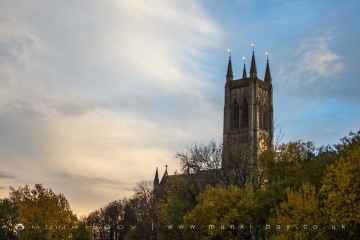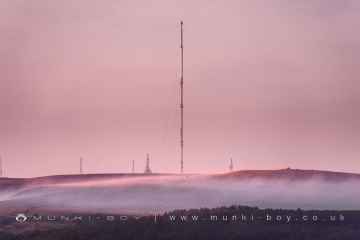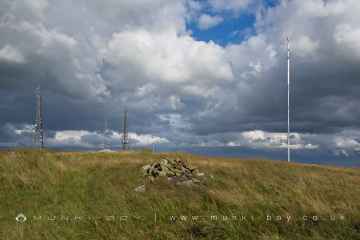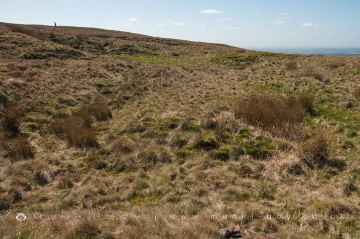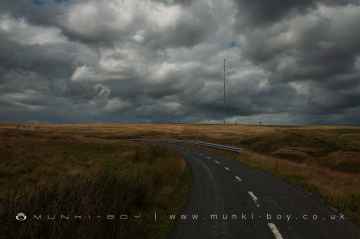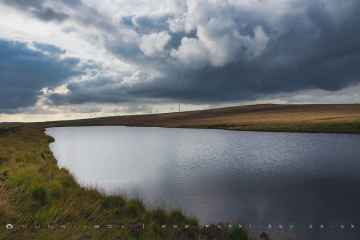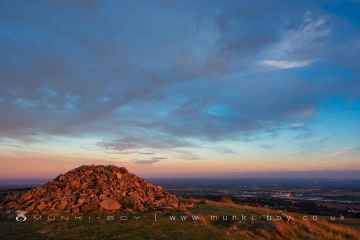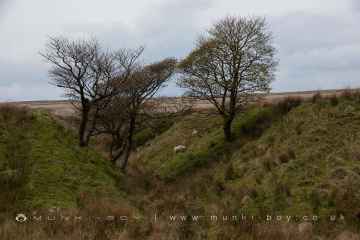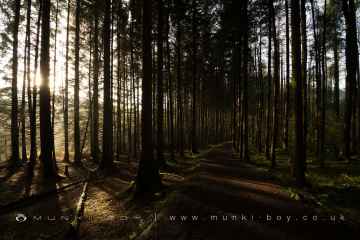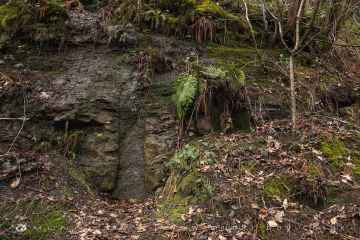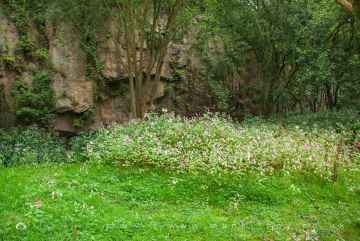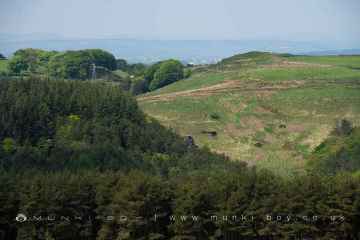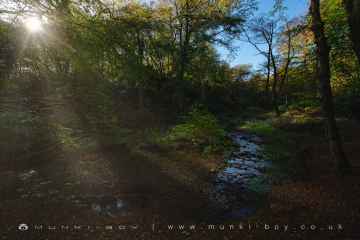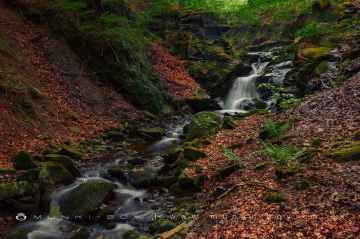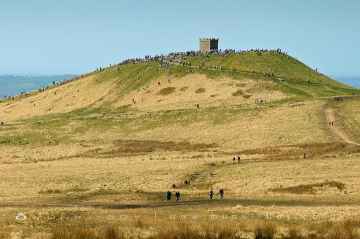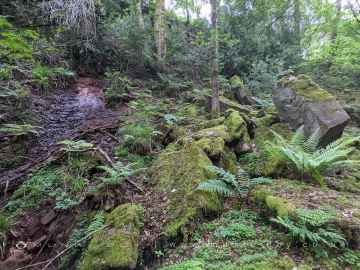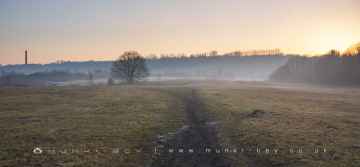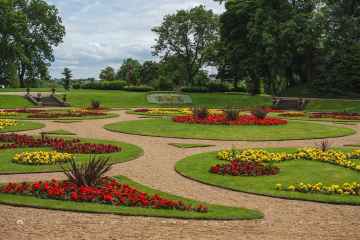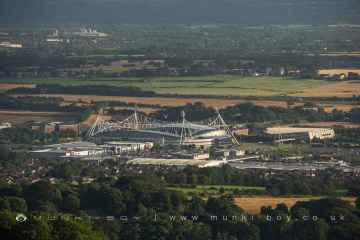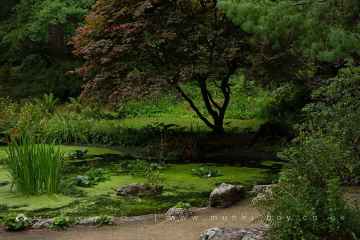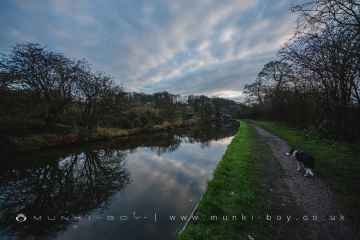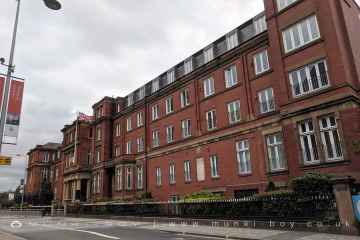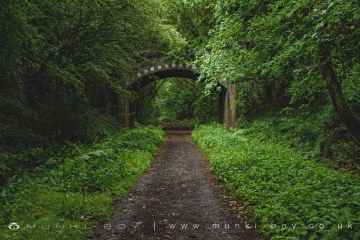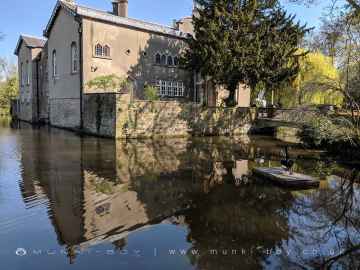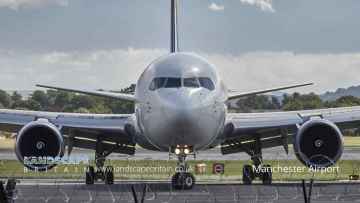Salford is a City in the county of Greater Manchester.
Salford, now an integral part of the Greater Manchester urban area in North West England, has a rich and varied history, much of which predates its more famous neighbor, Manchester. Historically, Salford was a key part of Lancashire. Its roots stretch deep into the Anglo-Saxon period, and it was notably significant during the medieval era.
The name “Salford” derives from the Old English “Sealhford,” meaning a ford by the willow trees, indicating its early significance as a crossing point on the River Irwell. This strategic position fostered its development. By the time of the Domesday Book in 1086, Salford had already been established as a thriving settlement, reflecting its importance in the region.
One of the most intriguing aspects of Salford’s history is its role as the center of the “Salford Hundred,” an administrative division used in England before the introduction of counties. The Hundred, a term used to describe a group of 100 households, was an important unit of local government in medieval England. The Salford Hundred was notable for being one of the subdivisions of the historic county of Lancashire. It encompassed several parishes and townships, including Manchester, a testament to Salford’s historical prominence over its now larger neighbor.
In medieval times, Salford grew around its manorial estate, church, and market. The Lord of the Manor of Salford had significant judicial and administrative powers, overseeing the Hundred Court, which dealt with both civil and criminal matters. This importance continued throughout the Middle Ages, with Salford remaining a key administrative and judicial center.
The Industrial Revolution dramatically transformed the area. Salford and Manchester became hotbeds of industry, with Salford developing a significant role in textiles, dyeing, and other industries. The Manchester Ship Canal, opened in 1894, turned Salford into an inland port, further boosting its economic status. This development led to rapid urbanization and a significant increase in population, with people drawn by the prospects of employment.
In contemporary times, Salford has experienced various phases of redevelopment and regeneration. It’s home to the University of Salford, MediaCityUK (a major hub for media organizations including the BBC and ITV), and a range of cultural and historical attractions, such as the Salford Museum and Art Gallery, and the Lowry, a theatre and gallery complex.
Despite the overshadowing growth of Manchester, Salford retains a distinct identity, deeply rooted in its rich historical past as the core of the Salford Hundred and its pivotal role in the industrial development of the region. This history is not just a matter of local importance but is also integral to understanding the broader industrial and social evolution of North West England.
Salford postcode: M6 8
There are great places to visit near Salford including some great towns, hills, hiking areas, old mines, ancient sites, round cairns, ruins, historic sites, lakes, historic monuments, rivers and streams, woodlands, geological features, historic buildings, nature reserves, villages, country parks, waterfalls, events, bluebell woods, sssis, parks, shopping centres, gardens, canals, cities, museums, disused railway lines, moated sites and airports.
Bolton, Westhoughton, Horwich, Little Lever, Salford Quays, Rochdale, and Littleborough are great places to visit near Salford if you like towns.
There are a number of hills near Salford including Winter Hill, Winter Hill Summit, Adam Hill, Crooked Edge Hill, Whimberry Hill, The Great Knoll, and Burnt Edge.
Don't miss Shaly Dingle, Winter Hill Summit, Hole Bottom, Hole Bottom Mining Area, Crooked Edge Hill, Whimberry Hill, and Burnt Edge's hiking areas if visiting the area around Salford.
The area around Salford boasts some of the best old mines including Shaly Dingle, Winter Hill Mines, Winter Hill Tunnel, Rivington Moor Colliery (ruin), Rivington Moor Brickworks (ruin), Hole Bottom Mining Area, and Wildersmoor Pit Kilns (ruin).
Winter Hill Tumulus, White Brow Cairn, Noon Hill, Two Lads, Hanging Stone, Rivington Cup Marked Stone, and Rainsough Hill Camp are some of Salford best ancient sites to visit near Salford.
The area around Salford features a number of interesting round cairns including Winter Hill Tumulus, White Brow Cairn, and Noon Hill.
The area around Salford features a number of interesting ruins including Rivington Moor Brickworks (ruin), Winter Hill Brick and Tile Works, Ouzel Hall (site of), Wildersmoor Pit Kilns (ruin), Prospect (ruin), Rivington Moor Bell Pits (ruin), and Burnt Edge Colliery (ruin).
Salford has some unmissable historic sites nearby like Hole Bottom, Winter Hill Brick and Tile Works, and Hole Bottom Mining Area.
There are a several good lakes in the Salford area like Reservoir Of Dean Mills, The Turton Reservoirs, Turton and Entwistle Reservoir, Jumbles Reservoir, Wayoh Reservoir, Rivington Lakes And Reservoirs, and Yarrow Reservoir.
The area around Salford boasts some of the best historic monuments including Two Lads, Holy Well Spring, Bury Castle, Worsley Green Monument, and Hyde War Memorial.
The area around Salford features a number of interesting rivers and streams including Rushtons Brook, Holden's Brook, Stones Bank Brook, Cadshaw Brook, Roscow Clough, Dean Brook, and Raveden Brook.
Fox Hill Plantation, Ousel Nest Quarry, Walker Fold Woods, Raveden Clough, Roscow's Tenement Clough, Dean Wood - Rivington, and Rivington Hall Wood are some of Salford best woodlands to visit near Salford.
Don't miss Jumbles Fossil Tree, Fairy Battery, The Margery Flags at Rivington Pike, Tigers Clough, and Jepsons Clough's geological features if visiting the area around Salford.
Bradshaw Brook Viaduct, Turton Tower, Prospect Tower, Archway at Turton Tower, Medieval Style Railway Bridge at Turton Tower, Smithills Hall, and Sheephouse Farm are great places to visit near Salford if you like historic buildings.
The area around Salford boasts some of the best nature reserves including Ousel Nest Quarry, Doffcocker Lodge, Nob End SSSI, Leverhulme Park, Darcy Lever Gravel Pits, Aspull Sough, and Wigan Flashes Local Nature Reserve.
There are a number of villages near Salford including Cadshaw, Rivington, Barrow Bridge, Bromley Cross, Chapeltown, Darcy Lever, and Whelley.
Salford has some unmissable country parks nearby like Smithills Country Park, Moses Gate Country Park, Cutacre Country Park, Darcy Lever Gravel Pits, Hollingworth Country Park, Haigh Country Park, and Pennington Flash.
There are a number of waterfalls near Salford including Roscow Clough Waterfall, Smithills Hall Park Waterfall, Langshaw Ford Weir, Raveden Clough Waterfall, Raveden Plantation Waterfall, Yarrow Reservoir Overflow Cascade, and Upper Rivington Reservoir Yarrow Outflow.
Events to visit near Salford include Rivington Pike Easter.
Dean Wood - Rivington, Rivington Hall Wood, Horrocks Wood, Old House Ground Plantation, and Etherow Country Park are some of Salford best bluebell woods to visit near Salford.
There are a number of sssis near to Salford including Nob End SSSI.
Don't miss Queens Park, Hall Lee Bank Park, Moss Bank Park, Wythenshawe Park and Gardens, Gorton Park, Debdale Park, and Heaton Park's parks if visiting the area around Salford.
Don't miss Middlebrook Retail and Leisure Park, Manchester Christmas Markets, The Trafford Centre, and Manchester Arndale's shopping centres if visiting the area around Salford.
Salford's best nearby gardens can be found at The Rock Garden, The Walled Garden at Moss Bank, and RHS Garden Bridgewater.
Salford has some unmissable canals nearby like Manchester Bolton and Bury Canal at Prestolee, The Leeds and Liverpool Canal at Haigh, Top Lock at Wigan, Leeds and Liverpool Canal at Crooke, The Leeds and Liverpool Canal near Shevington, Rochdale Canal Western Section, and Bridgewater Canal.
Salford, and Manchester are great places to visit near Salford if you like cities.
Salford Museum and Art Gallery, The Imperial War Museum Salford, and Lancashire Mining Museum at Astley Green are great places to visit near Salford if you like museums.
Disused Railway Lines to visit near Salford include The Old Whelley Line, Lancashire Union Joint Line, Ringley Road Station (ruin), Clifton - Accrington and Colne Line (disused), and Linnyshaw Loopline.
There are a several good moated sites in the area around Salford like Wigan Golf Club.
Manchester Airport is one of Salford's best, nearby airports to visit in Salford.
Salford History
There are some historic monuments around Salford:
Areas of Salford
Like most towns and cities Salford is comprised of a number of areas, once separate villages or small towns and parishes now part of Salford.
Many of the areas of Salford have their own character and places of interest.
Places to see near Salford
History of Salford
The Brigantes were the major Celtic tribe in what is now Northern England. With a stronghold at the sandstone outcrop on which Manchester Cathedral now stands, opposite Salford’s original centre, their territory extended across the fertile lowland by the River Irwell that is now Salford and Stretford. Following the Roman conquest of Britain, General Agricola ordered the construction of a Roman fort named Mamucium (Manchester) to protect the routes to Deva Victrix (Chester) and Eboracum (York) from the Brigantes. Salford was founded when the fort was completed in AD 79, and for over 300 years the Pax Romana brought peace to the area. Both the main Roman road to the north, from Mamucium to Ribchester, and a second road to the west, ran through what is now Salford, but few Roman artefacts have been found in the area. The withdrawal of the Romans in AD 410 left the inhabitants at the mercy of the Saxons. The Danes later conquered the area and absorbed what was left of the Brigantes. Angles settled in the region during the Early Middle Ages and gave the locality the name Sealhford, meaning “ford by the willows”. According to the Anglo-Saxon Chronicle, Sealhford was part of the Kingdom of Northumbria until it was conquered in 923 by Edward the Elder. Following the emergence of the united Kingdom of England, Salford became a caput or central manor within a broad rural area in part held by the Kings of England, including Edward the Confessor. The area between the rivers Mersey and Ribble was divided into six smaller districts, referred to as “wapentakes”, or hundreds. The south east district became known as the Hundred of Salford, a division of land administered from Salford for military and judicial purposes. It contained nine large parishes, smaller parts of two others, and the township of Aspull in the parish of Wigan. After the defeat of the Harold II during the Norman conquest of England, William I granted the Hundred of Salford to Roger the Poitevin, and in the Domesday Book of 1086 the Hundred of Salford was recorded as covering an area of 350 square miles (906 km2) with a population of 35,000. Poitevin created the subordinate Manor of Manchester out of the hundred, which has since in local government been separate from Salford. Poitevin forfeited the manor in 1102 when he was defeated in a failed rebellion attempt against Henry I. In around 1115, for their support during the rebellion, Henry I placed the Hundred of Salford under the control of the Earldom of Lancaster, and it is from this exchange that the Hundred of Salford became a royal manor. The Lord of the Manor was either the English monarch, or a feudal land owner who administered the manor for the king. During the reign of Henry II the Royal Manor of Salford passed to Ranulf de Gernon, 4th Earl of Chester.
Lakes near Salford
Canals near Salford
Rivers near Salford
Shopping in Salford
Salford Shopping Centre Pendleton Way, Pendleton
Salford Shopping Centre mall
Digital World Centre Lowry Plaza, Salford Quays
Digital World Centre mall
Ellesmere Centre High Street, Walkden
Ellesmere Centre mall
Regent Retail Park Ordsall, Salford
Regent Retail Park retail park
Red Rose Centre Ordsall, Salford
Red Rose Centre retail park
Riverside Retail Park Ordsall, Salford
Riverside Retail Park retail park
Radclyffe Park Ordsall, Salford
Radclyffe Park retail park
West One Retail Park Little Bolton, Eccles
West One Retail Park retail park
The Food Warehouse Centenary Way, Little Bolton
The Food Warehouse supermarket
B&M Bargains Bevendon Square, Higher Broughton
B&M Bargains supermarket
Lidl Eccles New Road, Little Bolton
Lidl supermarket
Lidl 6, Lower Broughton Road
Lidl supermarket
Salford Off Licence 559-563, Liverpool Street
Salford Off Licence supermarket
Asda Great Cheetham Street East, Higher Broughton
Asda supermarket
ALDI 389, Bolton Road
ALDI supermarket
ALDI Church Road, Ellesmere Park
ALDI supermarket
Sainsbury's 100, Regent Road
Sainsbury's supermarket
Morrisons 7, Irwell Place
Morrisons supermarket
Morrisons 49, Swinton Hall Road
Morrisons supermarket
Asda 604-612, Bolton Road
Asda supermarket
ALDI 51, Swinton Hall Road
ALDI supermarket
Heron Foods Heywood Way, Pendleton
Heron Foods supermarket





























